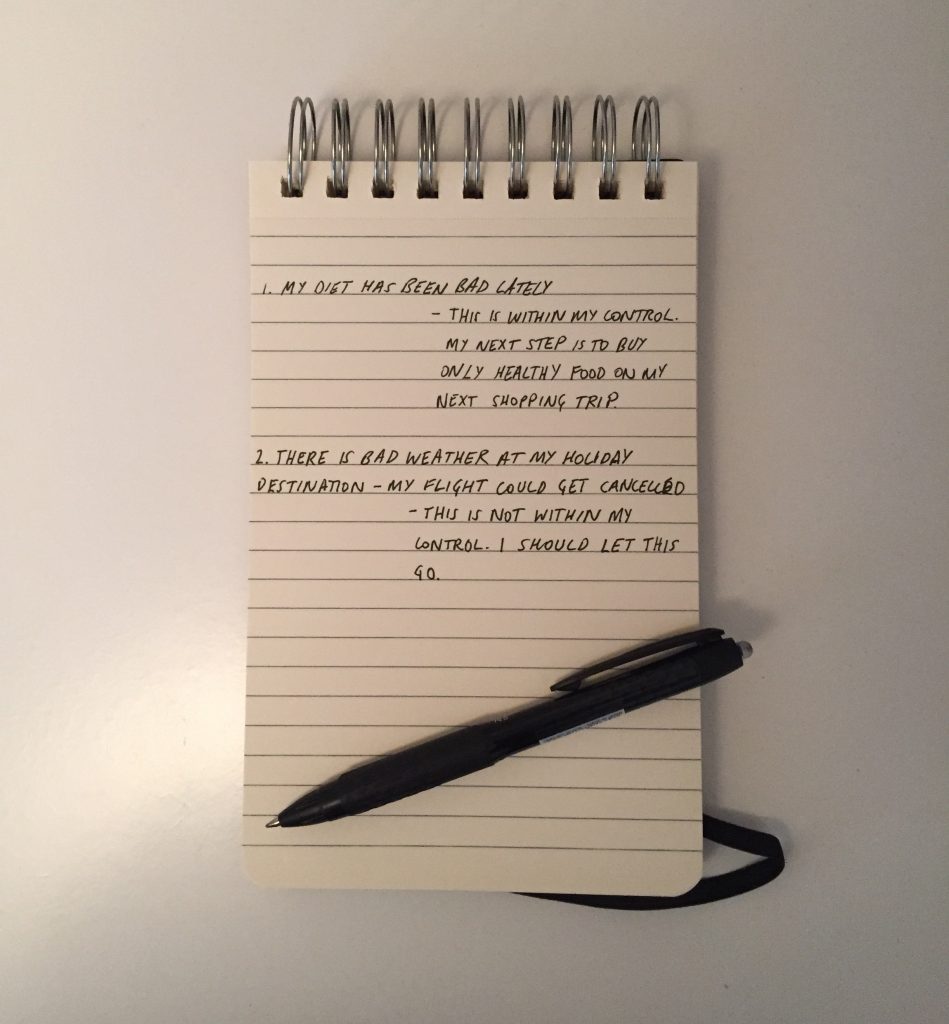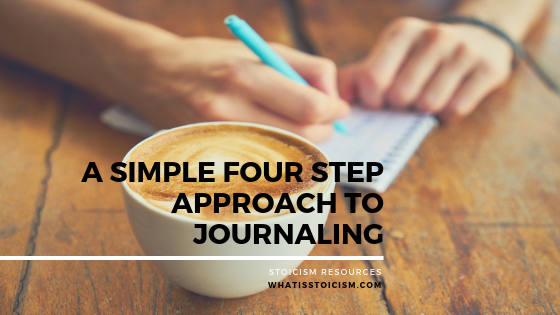The Stoics were avid writers, often for no other purpose than collecting and reviewing their own thoughts. In fact, Marcus Aurelius’ best-known work, Meditations, was a series of his own notes and never intended to be read by anyone else.
Epictetus and Seneca also recommended regular journaling to their students in order to exercise their Stoicism. In this way, a great deal of self-examination was possible, particularly when Seneca’s practice of writing at the end of the day was followed – he would review all the events of the day and assess his response to them.
I’ve found regular journaling to be extremely helpful too, at the very least it can be great for getting persistent worries out of my head – when explored on paper they’re often not as bad as I believed. The process can also be as short or long as you like, even a few lines/five minutes at a time has the potential to provide great benefits, just find what works for you.
Here’s four ways I’ve added journaling to my routine, I hope they help you too!
1. Early morning journaling

For me this one is all about gratitude and setting up a positive mindset for the day ahead. I keep this quite short and write down three things under each of the following two headings –
Heading 1: I am grateful for…
Regularly practising gratitude can really help you appreciate what you have. I try not to over think this, and if I’m stuck I’ll often think of a relationship I’m grateful for or just something really simple I enjoy, like good coffee.
Heading 2: Daily Affirmations
These start with “I am…” and are just used to capture the mood for the day. I try to keep these positive as your mind can adapt to what’s being written – in other words, writing “I am motivated” can increase your motivation.
2. Pre-bed journaling

“Admit not sleep into your tender eyelids
Epictetus, Discourses 3.10
Till you have reckoned up each deed of the day—
How have I erred, what done or left undone?
So start, and so review your acts, and then
For vile deeds chide yourself, for good be glad.”
Following the advice of Epictetus, I try to review the events of the day and assess my response to them.
For each significant event, I write the following –
- What happened?
- Was my response Stoic? If not, could Stoicism have helped?
- Am I happy with my response? If not, what did I learn?
3. Dichotomy of control journaling

The previous two journaling sessions are fairly rigid in their scheduling but it also helps to jot things down during the day.
The best use of this for me is when a difficult situation presents itself or just when something is worrying me. Drawing from the Stoic notion of only concerning ourselves with things under our control, I list my worries and write one of two things beside each –
“This is within my control. My next step is…”
OR
“This is not within my control. I should let this go.”
This way I can focus on what I need to do next while minimising time spent focusing on what I have no control over.
4. Long-form “stream of consciousness” journaling

As the name suggests this one is all about just letting my thoughts spill onto the page. Anything and everything that pops into my head gets written down until I feel suitably refreshed.
There’s no real structure and like the previous one it’s not a regularly scheduled session, just something I do as needed when I’m feeling a bit overwhelmed by what’s on my mind.
And that’s my four-step approach to journaling, I hope it helps you!
PS. A lot of my practice is inspired by Tim Ferriss, check out this video for a look at how he uses journaling!




